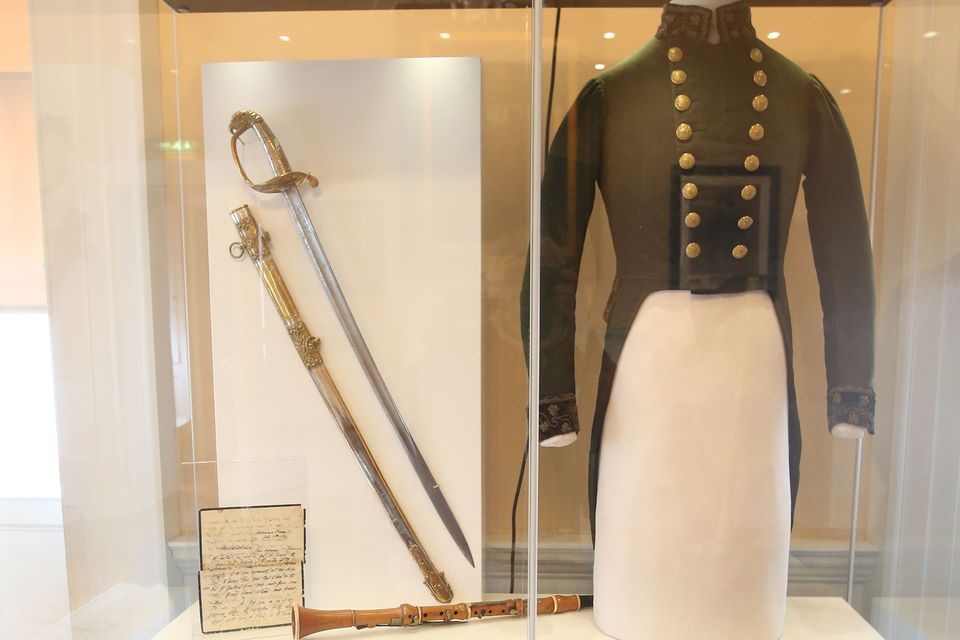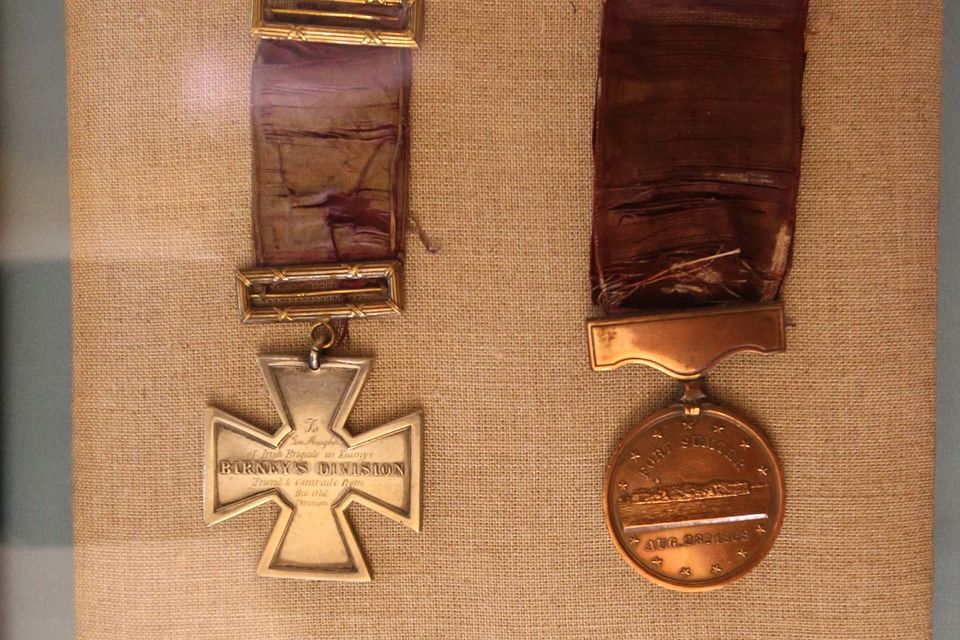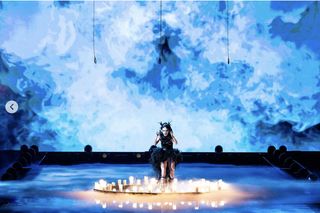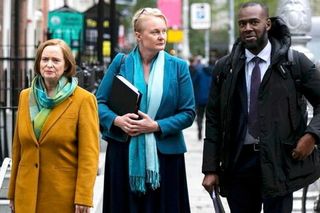The People’s Flag: Thomas Francis Meagher, the legend behind the famous name
Thomas Francis Meagher lived an adventerous, colourful life and he had Ireland in his heart wherever he went

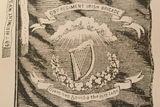
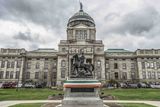
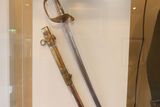
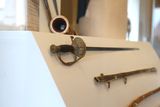


In 1848, as he stood at the second floor window of the Wolfe Tone Confederate club on the Mall in Waterford with the green, white and orange flag in his hand, 24-year-old Thomas Francis Meagher could hardly have envisaged how his creation would become such an iconic symbol in an independent Ireland decades later.
It was on March 7th, 1848, when Meagher unveiled the flag – within six months he was arrested, tried and convicted of sedition.
But, just who was Thomas Francis Meagher?
He was born on August 23rd, 1823 in the Granville Hotel on the quay – at the time the mansion was the family home.
Memories of the Fighting 69th
Thomas Meagher Senior was the wealthiest merchant in the city having made his fortune in Newfoundland before moving to the Irish South East.
“He bankrolled Daniel O’Connell in Waterford and would go to on to become the first Catholic Mayor of the city and an MP,” explains Donnchadh Ó Ceallacháin, curator at the Bishop’s Palace museum in Waterford.
But while Thomas Snr was a moderate nationalist his eldest son was more radical and ambitious.
Born to be a ‘gentleman’ dabbling in politics and law, (and possibly groomed to be Daniel O’Connell’s successor) Thomas Francis studied at Clongowes Wood College and then at Stonyhurst in Lancashire mixing with English aristocracy.
A ceremonial sword and a note written by legendary Irishman Thomas Meagher
But strongly influenced by revolution in Europe, especially in France, he returned to join the Repeal Movement (established to repeal the 1800 Act of Union) but soon grew frustrated with its endless debates and lack of action.
He joined the Young Irelanders group made up of idealistic young middle-class men who wanted more than a home Parliament in Dublin - complete independence.
The first ‘tricolour’, it’s claimed, was actually made in France but presented to Meagher. Many viewed it’s symbolism as bordering on the politically naïve given the fraught relationship between Catholics and Protestants at the time – and coming during the Great Famine.
However, it allowed some to dream of both freedom and unity on our island.
Meagher ran in an 1848 by-election and lost narrowly but during that campaign said: “what strength have I to beat my way towards that bold headland upon which I have sworn to plant the flag I have rescued from the wreck.”
Thomas Meagher's sword
Following the Young Irelander Rebellion of 1848 Meagher was sentenced to be ‘hanged, drawn and quartered’, but due to a public outcry the death sentence was commuted to transportation for life to Van Diemen’s Land (Tasmania).
During his trial he said from the dock: “I now bid farewell to the country of my birth—of my passions—of my death; a country whose misfortunes have invoked my sympathies—whose factions I sought to quell—whose intelligence I prompted to a lofty aim—whose freedom has been my fatal dream.”
He left Ireland never to return.
Items worn and used by Thomas Meagher
Meagher was given his own territory in Tasmania and lived the life of a gentleman there. He married a local girl, Catherine Bennett, the daughter of an Irish convict. Meagher’s friends were aghast he would opt for someone from such a social class.
When Catherine was due to give birth to their first child in 1852, the couple having been married for a year, Meagher abruptly surrendered his ‘ticket-to-leave’ and escaped to South America. Tragically their son became ill after birth and died.
Thomas Francis made his way to New York City; it’s believed his father back in Waterford bank-rolled the escape and went on to become a Brigadier General in the Army, eventually leading the fierce Irish ‘Fighting 69th’ brigade in the civil war.
“He was a very inspiring leader, a great speaker and motivator - though he didn’t have a great military knowledge, but such was the way with many civilian generals during that conflict,” explains Donnchadh Ó Ceallacháin.
Thomas Meagher Snr brought Catherine Bennett to America to see his son in the hope their marriage could be rescued but by then Thomas Francis had moved on.
Military medals won by Thomas Meagher
However, when Catherine returned to Ireland, she discovered she was pregnant.
She gave birth to a son, Thomas, but more tragedy was to follow as she died during childbirth. Thomas Francis Meagher would never see his only living child.
He re-married Elizabeth Townsend, from a family of wealth, in New York, and became an American civil war hero and the father of ‘Irish-Americanism’. He was a pallbearer at the funeral of President Abraham Lincoln in 1865.
After the war, Meagher became Acting Governor of Montana. He attempted to create a working relationship between the territory’s Republicans and Democrats but failed, making enemies in both camps.
On the night of July 1st, 1867, while on a steamboat on the Missouri, he mysteriously fell overboard, his body was never recovered.
In 1913 a man claimed to have murdered Meagher for $8,000, but later recanted his confession.
Many believe that Meagher had been drinking and simply fell overboard while others suggest he was murdered by Montana political enemies, a Confederate soldier or maybe even by Native Americans.
Join the Irish Independent WhatsApp channel
Stay up to date with all the latest news





